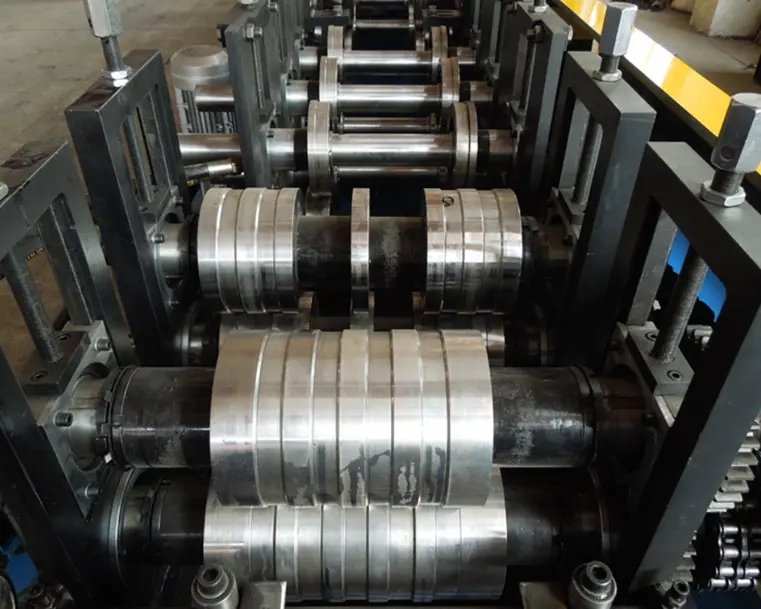
The Evolution and Efficiency of Customized Angle Stud and Track Manufacturing through Wall Angle Roll Forming Machines
In the modern construction and manufacturing landscape, efficiency and precision are paramount. With the rise of customized components tailored to specific project requirements, the demand for advanced production techniques has grown significantly. Among these, the wall angle roll forming machine stands out as a critical technology in the creation of customized angle studs and tracks. This article explores the evolution, benefits, and applications of this innovative machinery in the industry.
Wall angle roll forming machines are designed to produce intricate metal profiles efficiently. Unlike traditional manufacturing methods that often involve significant waste and manual labor, these machines utilize a continuous process that forms metal sheets into desired shapes with minimal material loss. This is particularly essential for producing angle studs and tracks that serve as frameworks in various construction projects, including commercial buildings, residential homes, and more.
One of the key advantages of using roll forming technology is its ability to create highly customized products. With adjustable die sets, manufacturers can easily modify the specifications of the angle studs and tracks to meet specific building codes or client requirements. This adaptability not only enhances the product range but also ensures that projects are completed on time and within budget. The roll forming process allows for the production of both standard and specialized profiles without sacrificing speed or quality.

The effectiveness of wall angle roll forming machines lies in their sophisticated design. These machines typically feature multiple stations where the metal sheet is progressively shaped through a series of rollers. The precision of the rollers is crucial as they determine the exact dimensions and angles of the finished product. Advanced technology has also enabled the integration of automation, allowing for improved accuracy and consistency in production runs. With the ability to control straightness, flaring, and angles, manufacturers can deliver wall angles and studs that align perfectly with project specifications.
Moreover, the environmental implications of utilizing roll forming technologies cannot be overlooked. The process generates less waste compared to traditional manufacturing methods, making it a more sustainable choice for construction projects. The reduction in material waste not only lowers costs but also minimizes the ecological footprint associated with the production of building materials. As sustainability becomes a guiding principle in construction, the adoption of efficient manufacturing processes such as roll forming becomes increasingly essential.
The applications of customized angle studs and tracks are vast. These essential components are used in various structural frameworks, ceiling systems, and partition walls. Their versatility and strength make them vital in modern construction practices, providing the necessary support for a range of architectural designs. As the industry continues to evolve, the reliance on advanced manufacturing techniques like wall angle roll forming machines will only grow.
In conclusion, the evolution of customized angle stud and track production through technologies such as wall angle roll forming machines has revolutionized the construction industry. The benefits of efficiency, precision, and sustainability demonstrate the importance of adopting innovative solutions in manufacturing. As construction projects become more complex and demanding, the role of advanced machinery in producing high-quality components will remain fundamental to meeting the needs of the market.